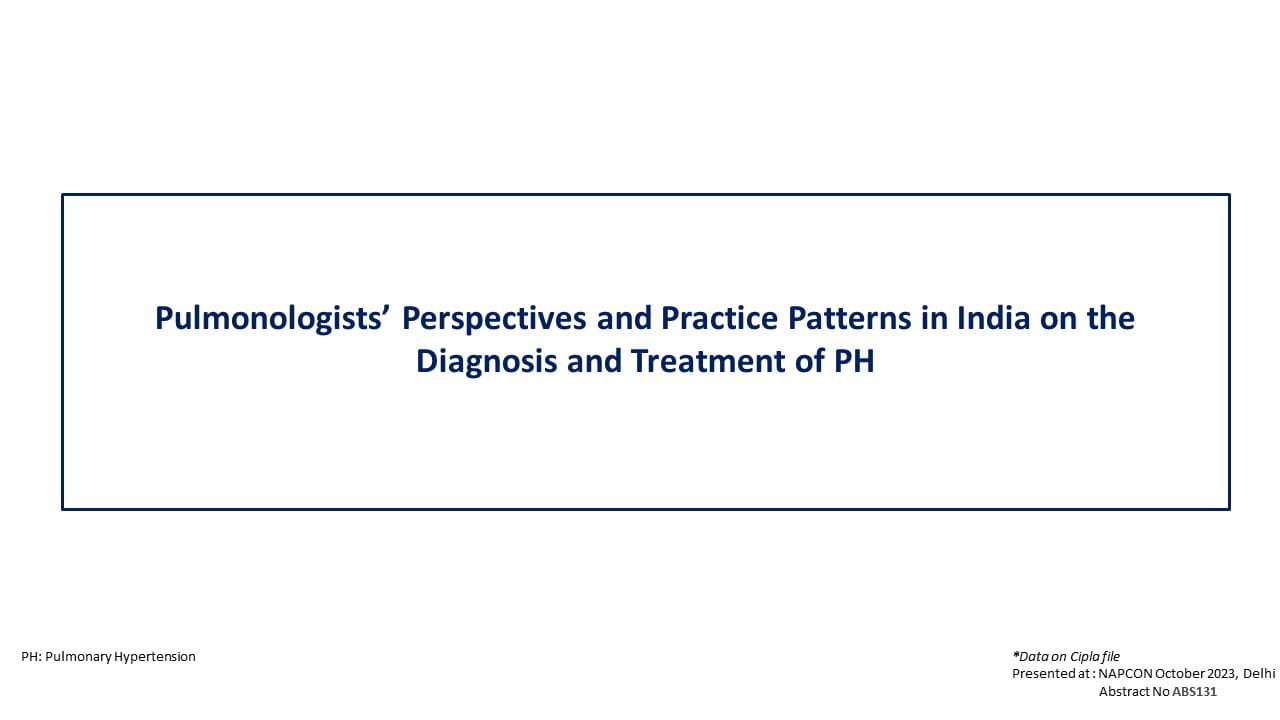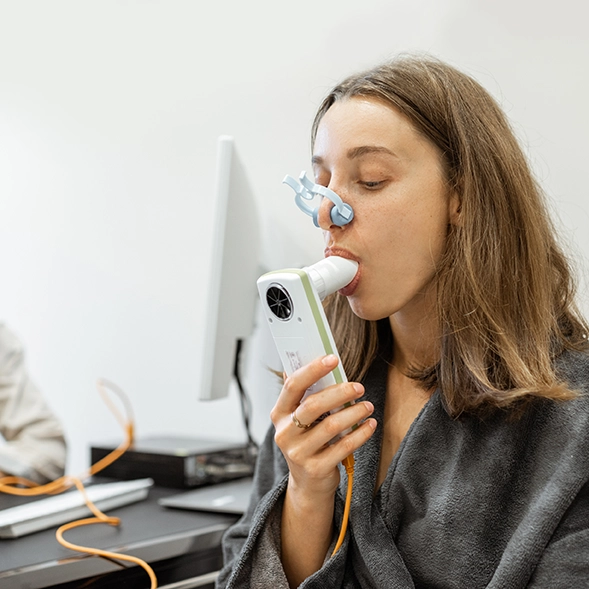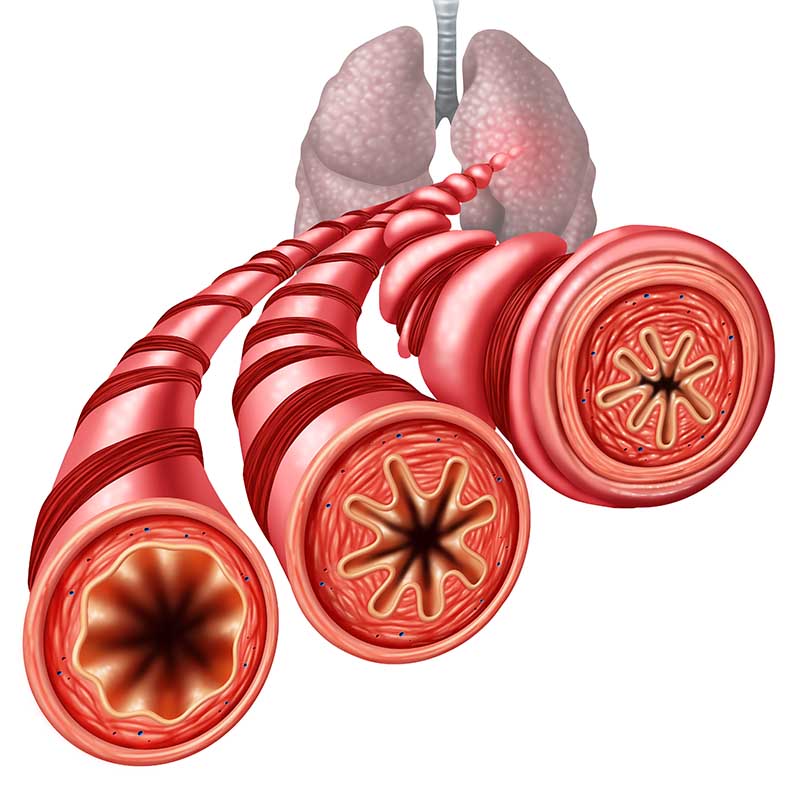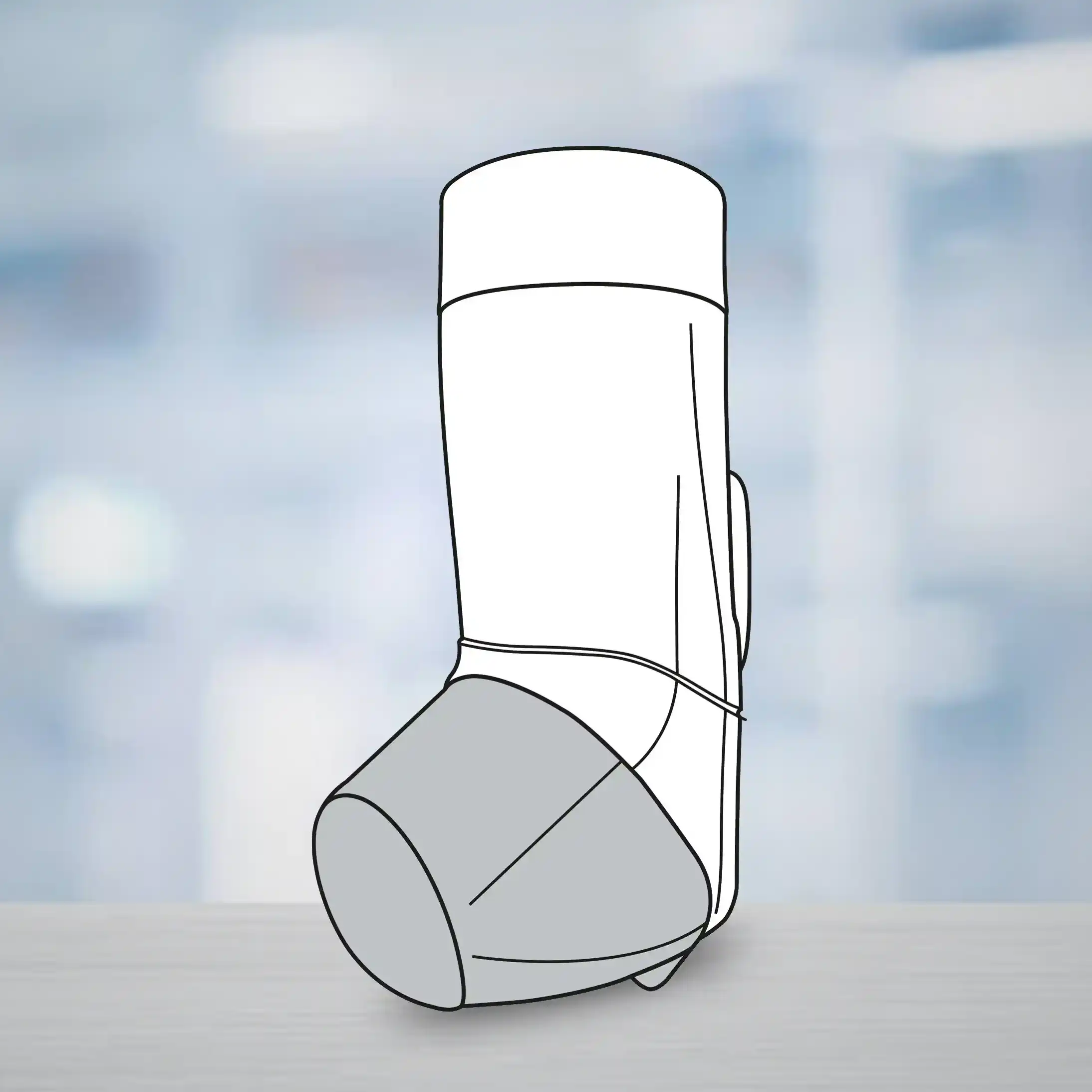Product Description
Composition
Each tablet contains
Isoniazid (INH) ……………………..300mg
Pyridoxine (Vitamin B6)…………….25mg
Sulfamethoxazole ………………….800mg
Trimethoprim……………………….160mg
Indication
Sulfamethoxazole/trimethoprim/isoniazid/pyridoxine combination tablet is indicated for the prevention of tuberculosis, bacterial pneumonia, malaria, and isosporiasis and to reduce mortality and hospitalizations in HIV-infected patients without active TB.
Dosage and Administration
Adults and Children Weighing 25 kg and Above
One tablet of sulfamethoxazole/trimethoprim/isoniazid/pyridoxine once daily.
Children Weighing 14 kg to Less than 25 kg
Half a tablet of sulfamethoxazole/trimethoprim/isoniazid/pyridoxine once daily
“ART development has benefited from patient-centred simplification with several effective regimens now available as a one per day pill. We argue that co-trimoxazole and isoniazid should also be combined into a single fixed-dose pill, along with pyridoxine (vitamin B6), that would be taken once per day to help with individual uptake and national scale-up of therapies.” 2
“Co-trimoxazole preventive therapy started before or with ART, irrespective of CD4 cell count, reduces morbidity and mortality with benefits that continue indefinitely.”2
“Isoniazid preventive therapy as an adjunct to ART prevents tuberculosis in high exposure settings, with long-term treatment likely to be needed to sustain this benefit.”2
This fixed dose combination (FDC) scored tablet is in the 14th list of Expression of Interest (EOI) for WHO prequalification.1
Rationale for the FDC
Role of Co-trimoxazole
Co-trimoxazole prophylaxis therapy (CPT) prevents Pneumocystis jirovecii pneumonia (PCP), cerebral toxoplasmosis, bacterial pneumonia, diarrhoea, Isospora belli, malaria, and other infections in PLHIV. Co-trimoxazole prophylaxis has been shown to reduce early mortality by 58% in adults starting ART. In most settings CPT is recommended indefinitely. WHO recommends that co-trimoxazole preventive therapy should be implemented as an integral component of a package of HIV-related services. 3, 4
WHO Recommendations on Use of Co-trimoxazole Prophylaxis
The updated recommendations have expanded the use of co-trimoxazole for all populations, at any CD4 threshold and for a longer duration, for preventing HIV-related opportunistic infections but also for the preventive benefit of reducing mortality and morbidity from severe bacterial and malaria infections among adults, adolescents and children living in resource-limited settings. 4
Role of Isoniazid
Isoniazid (INH) is recommended for the prophylactic treatment of TB in PLHIV. Isoniazid preventive therapy (IPT) has proved effective in reducing TB rates among HIV-infected patients. Several studies have observed that 36-month IPT regimens are safe and highly effective with a trend to higher efficacy with the longer regimen in preventing TB among HIV-infected individuals. IPT given to people living with HIV without TB disease, reduces the risk of developing TB by 33-67% for up to 48 months. IPT combined with ART reduced the risk of TB by 80 - 97% and mortality by up to 50% in PLHIV. 5, 6
WHO Recommendations on Isoniazid Preventive Therapy
In resource-constrained settings with high TB incidence and transmission, adults and adolescents living with HIV, who have an unknown or positive tuberculin skin test (TST) status and among whom active TB disease has been safely ruled out, should receive at least 36 months of isoniazid preventive therapy (IPT). IPT should be given to such individuals regardless of whether or not they are receiving ART. IPT should also be given irrespective of the degree of immunosuppression, history of previous TB treatment, and pregnancy. 7
Role of Pyridoxine
Pyridoxine is given along with isoniazid to prevent the neurological side effects associated with isoniazid. Isoniazid-induced peripheral neuropathy can be greatly reduced by concomitant administration of pyridoxine.2
A fixed-dose combination (FDC) will facilitate adherence to this regimen and reduce pill burden. This is especially important for HIV-positive patients who need to take lifelong antiretroviral therapy, in addition to treatment for other possible comorbidities
Bioequivalence and Acceptability of the FDC8
The bioequivalence of the FDC was evaluated by comparing the scored FDC tablet with separate tablets of each ingredient in an open-label, randomized, single-dose, two-treatment, two-period, 26-sample crossover pharmacokinetic study. The results suggest that the scored FDC tablets are bioequivalent to individual drugs. 8
The REALITY trial is an open label, multicenter trial conducted at 4 countries (Kenya, Malawi, Uganda, and Zimbabwe) in 1805 HIV-infected adults, adolescents and children to evaluate reduction in early mortality. The trial enrolled very sick patients with CD4 count below 100 cells/mm3. 8
Patients with low CD4 counts particularly benefit from prophylaxis for opportunistic infections and TB. However, individual drug formulations of isoniazid and co-trimoxazole add to the pill burden of ART and adherence difficulties.
The Cipla FDC was used in the REALITY trial, and acceptability and adherence was evaluated.
The study concluded that the FDC is acceptable, reduces pill burden and could improve adherence for adults/children ≥5 years, in addition to simplifying drug distribution for HIV programmes.8
References
1. 14th Invitation to manufacturers and suppliers of medicinal products for HIV infection and related diseases, including treatment for hepatitis B and C, to submit an Expression of Interest (EOI) for product evaluation to the WHO Prequalification Team – Medicines; April 2016.
2. Anthony D Harries, Stephen D Lawn et al, Benefits of combined preventive therapy with co-trimoxazole and isoniazid in adults living with HIV: time to consider a fixed-dose, single tablet coformulation. Lancet Infect Dis 2015; 15(12): 1492-1496.
3. James A Church, Felicity Fitzgerald et al, The expanding role of co-trimoxazole in developing countries. Lancet Infect Dis 2015; 15: 327–39.
4. WHO Guidelines on post-exposure prophylaxis for HIV and the use of co-trimoxazole prophylaxis for HIV-related infections among adults, adolescents and children. Geneva: World Health Organization; Dec 2014 Supplement.
5. Soumya Swaminathan, Pradeep AM et al, Efficacy of a Six-Month versus a 36-Month Regimen for Prevention of Tuberculosis in HIV-Infected Persons in India: A Randomized Clinical Trial. PLoS ONE 2014; 7(12): e47400.
6. WHO HIV/AIDS and TB Department THREE I’s Meeting Report, April 2008.
7. WHO Guidelines for intensified tuberculosis case-finding and isoniazid preventive therapy for people living with HIV in resource constrained settings – 2015.
8. Gibb DM, Bwakura-DM, et al; Sulfamethoxazole/Trimethoprim/Isoniazid/Pyridoxine scored tablets are bioequivalent to individual products and are acceptable to patients with advanced HIV infection in the REALITY trial. Int J Tuberc Lung Dis 2015; 19 (12s2): S71.










